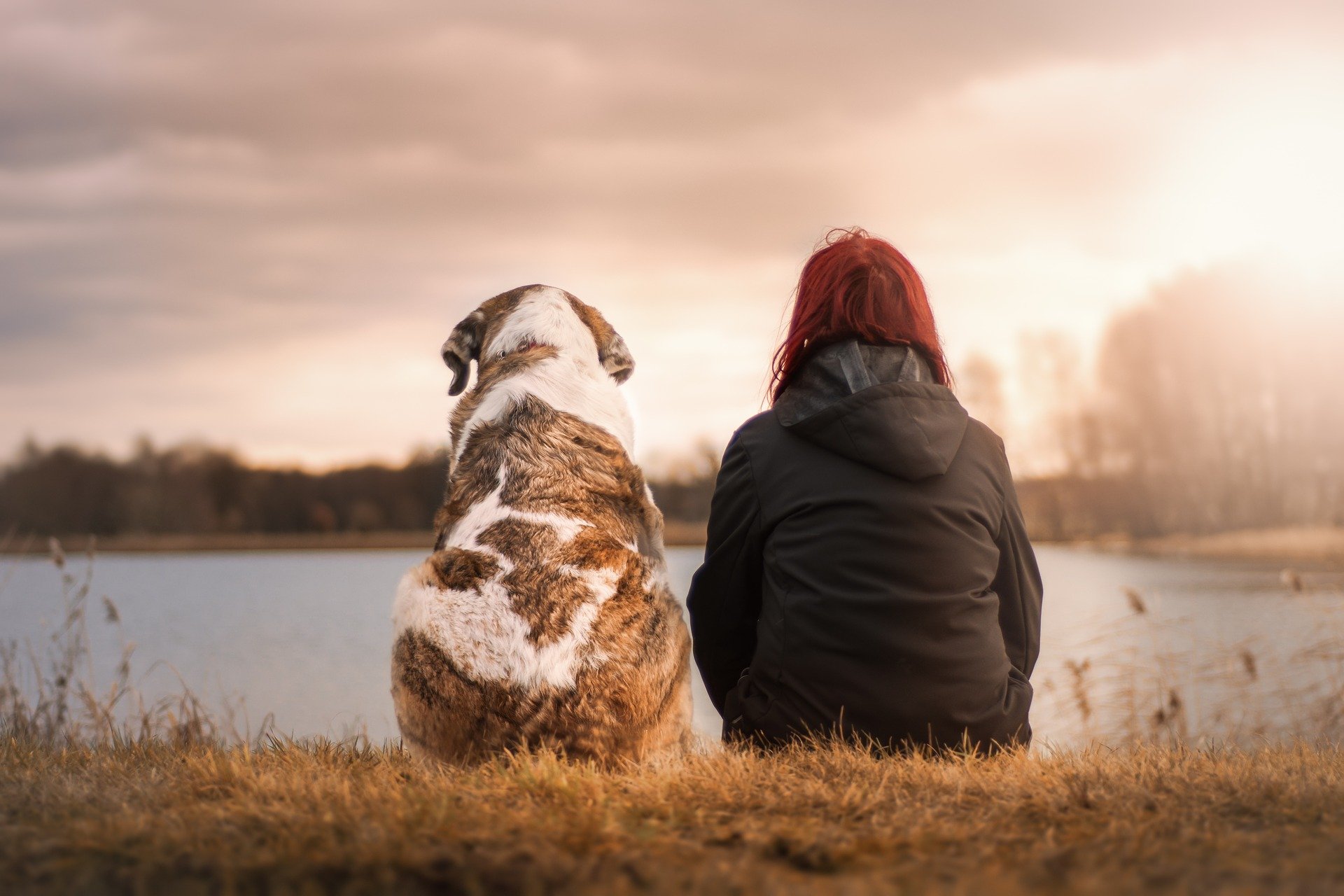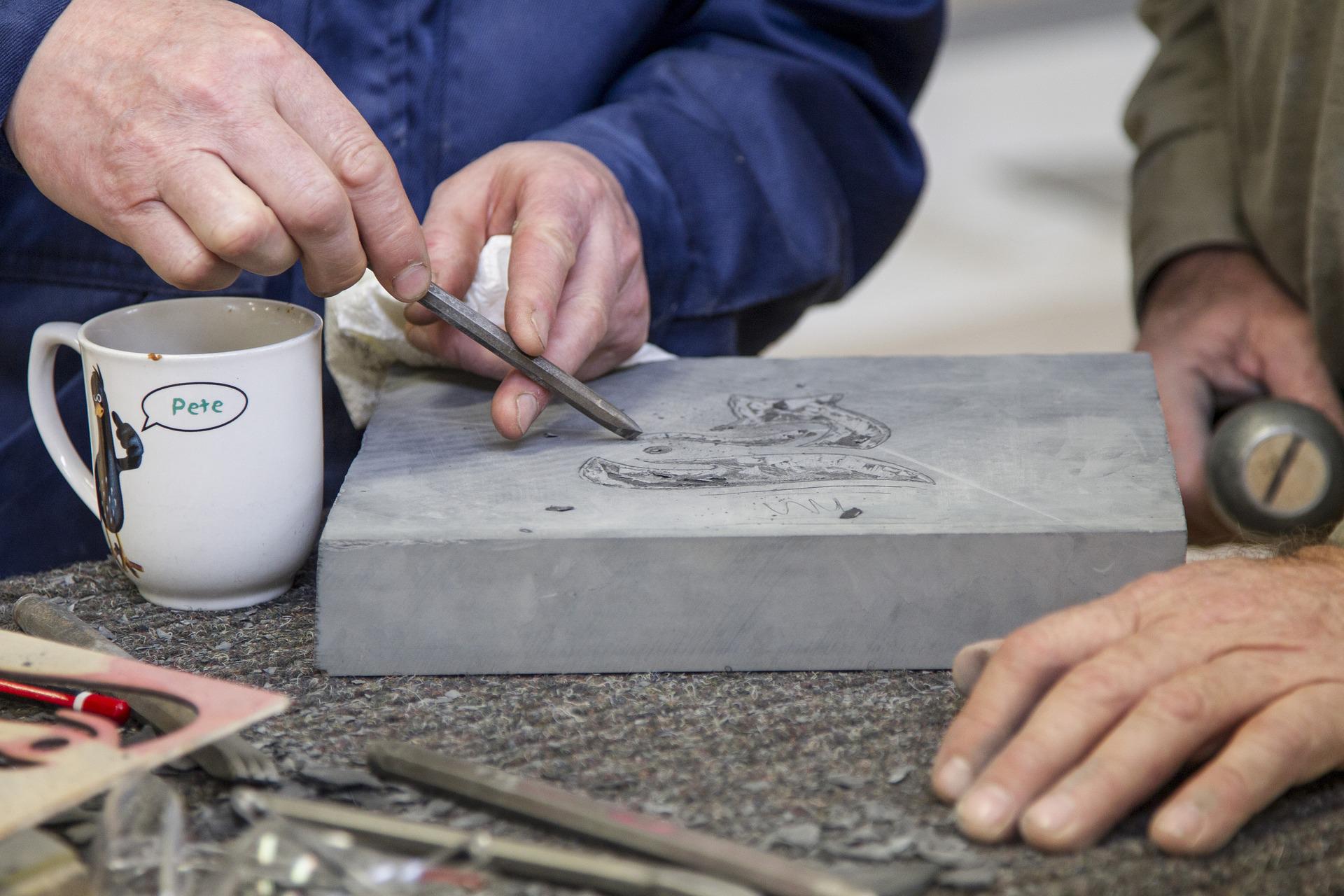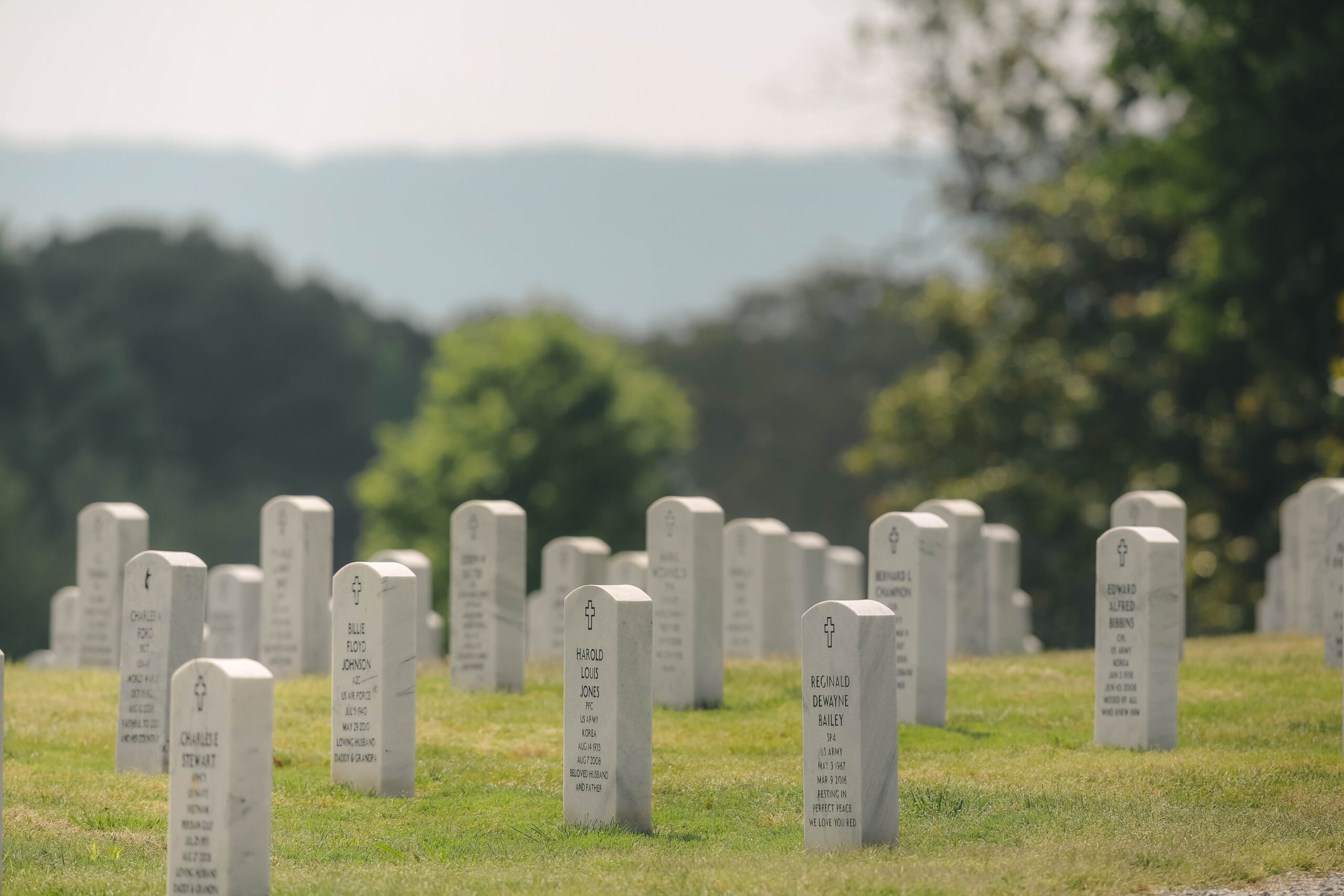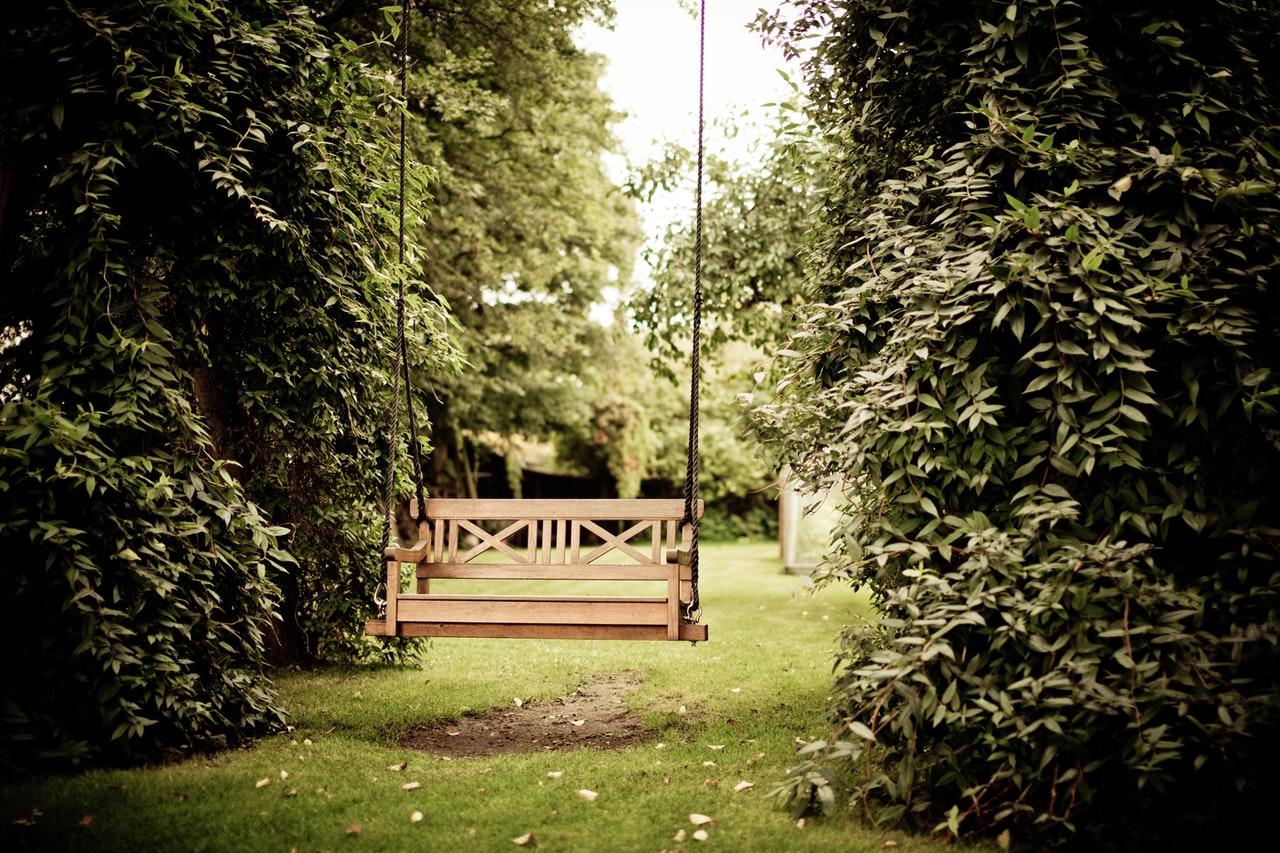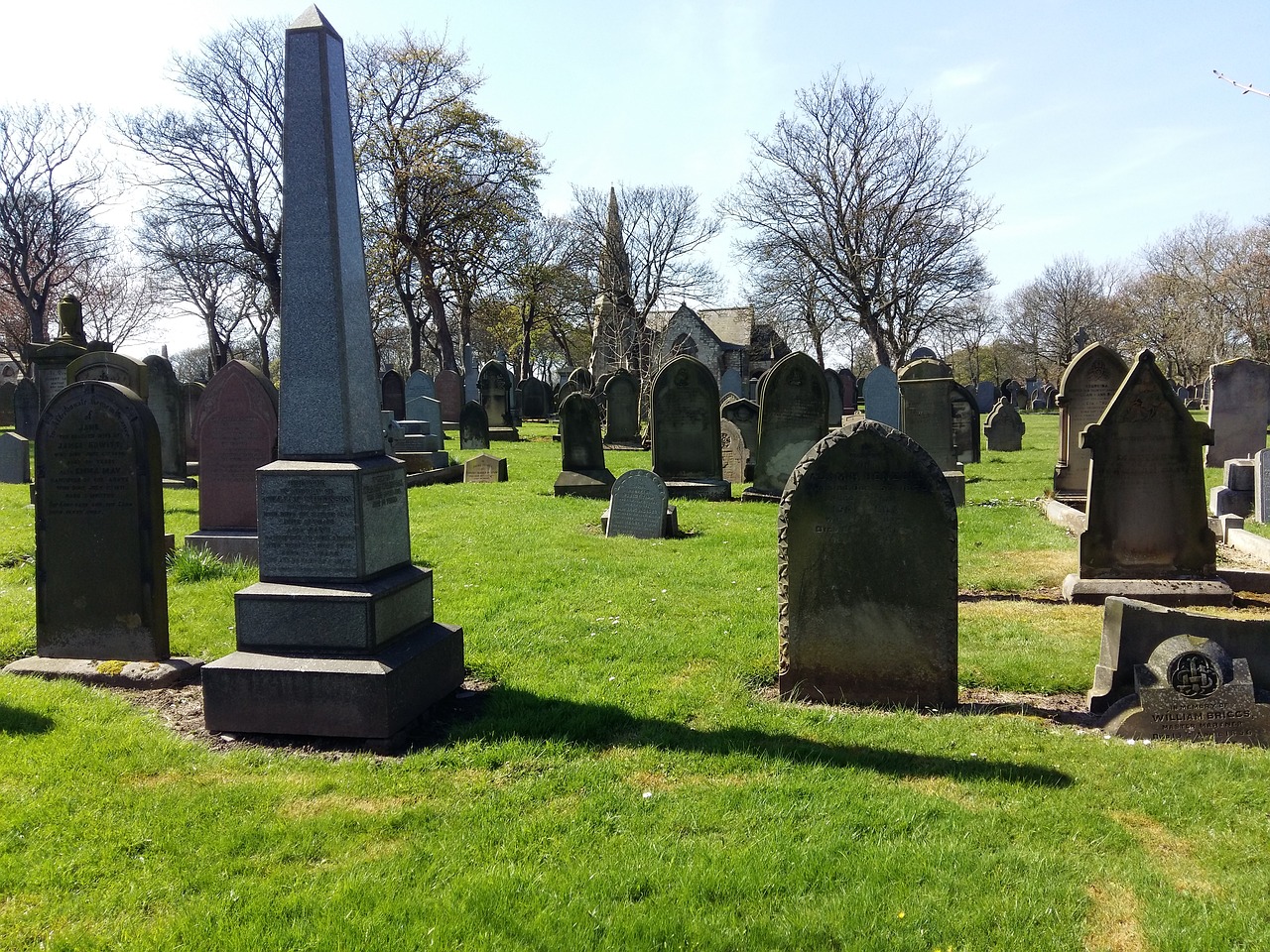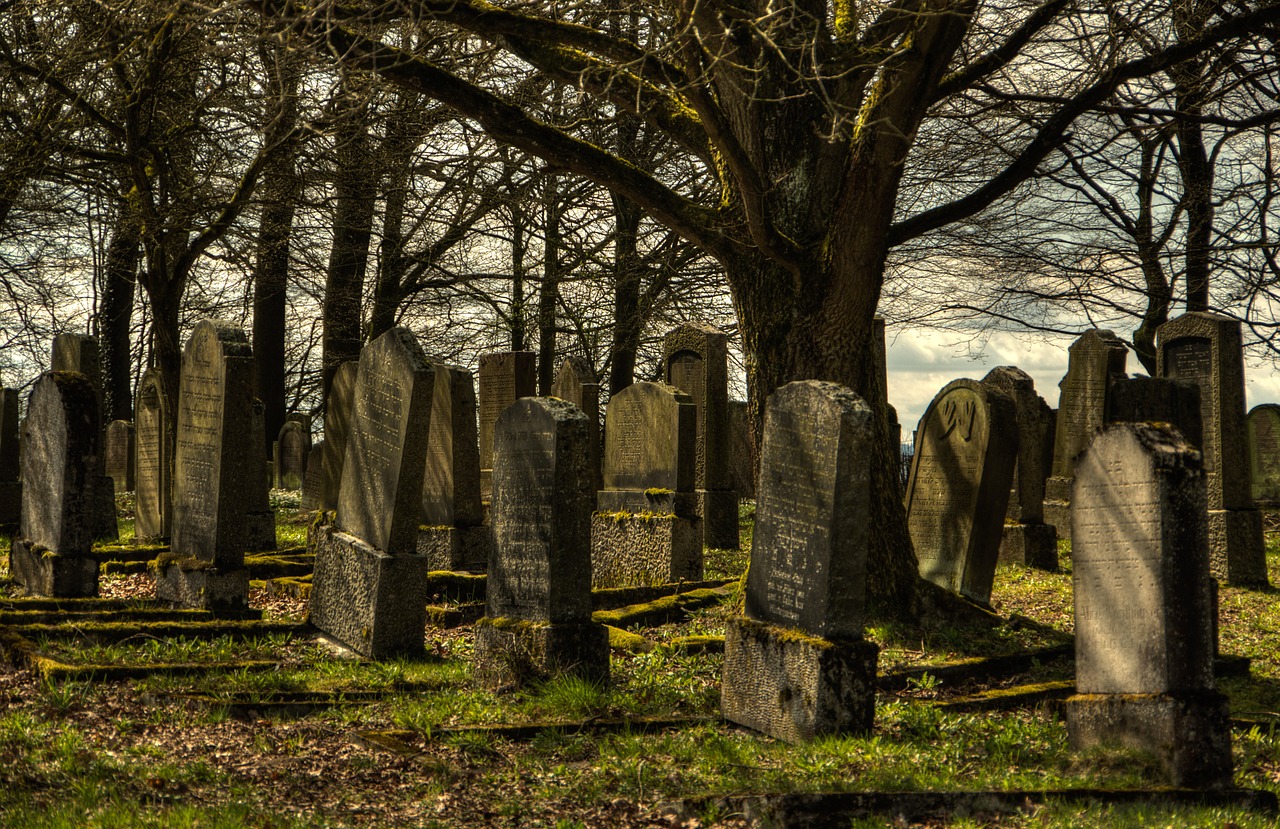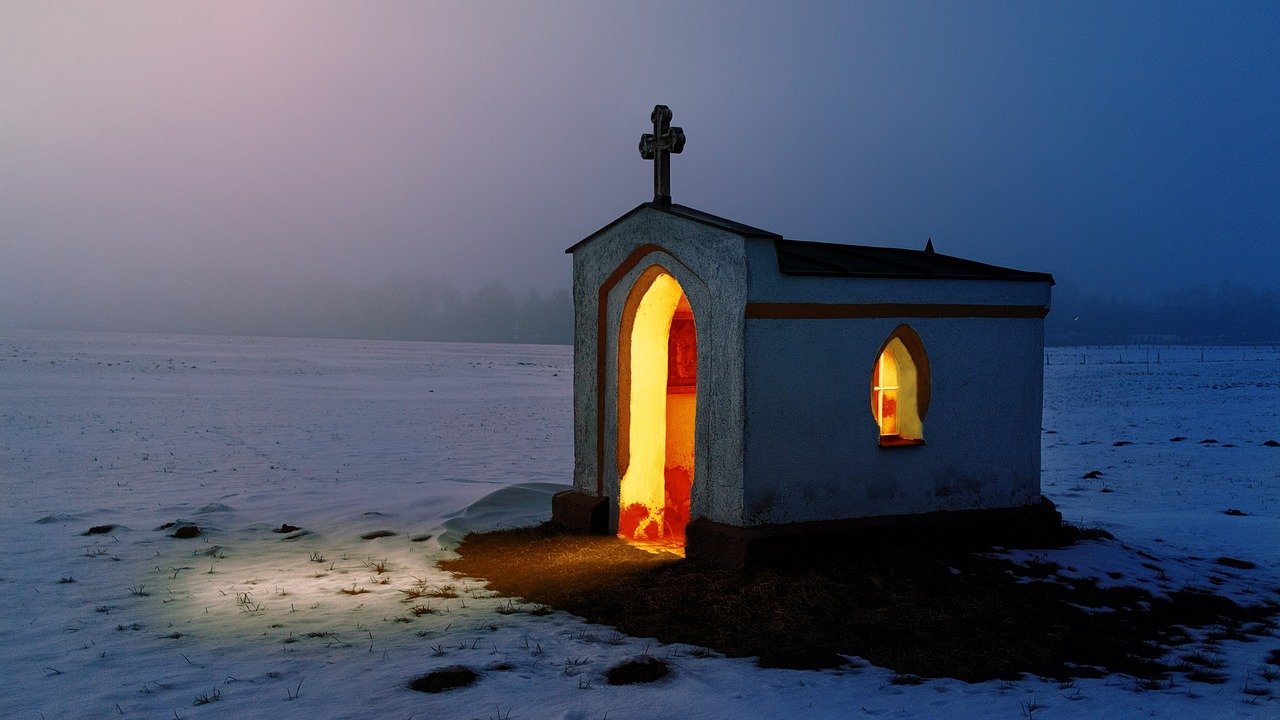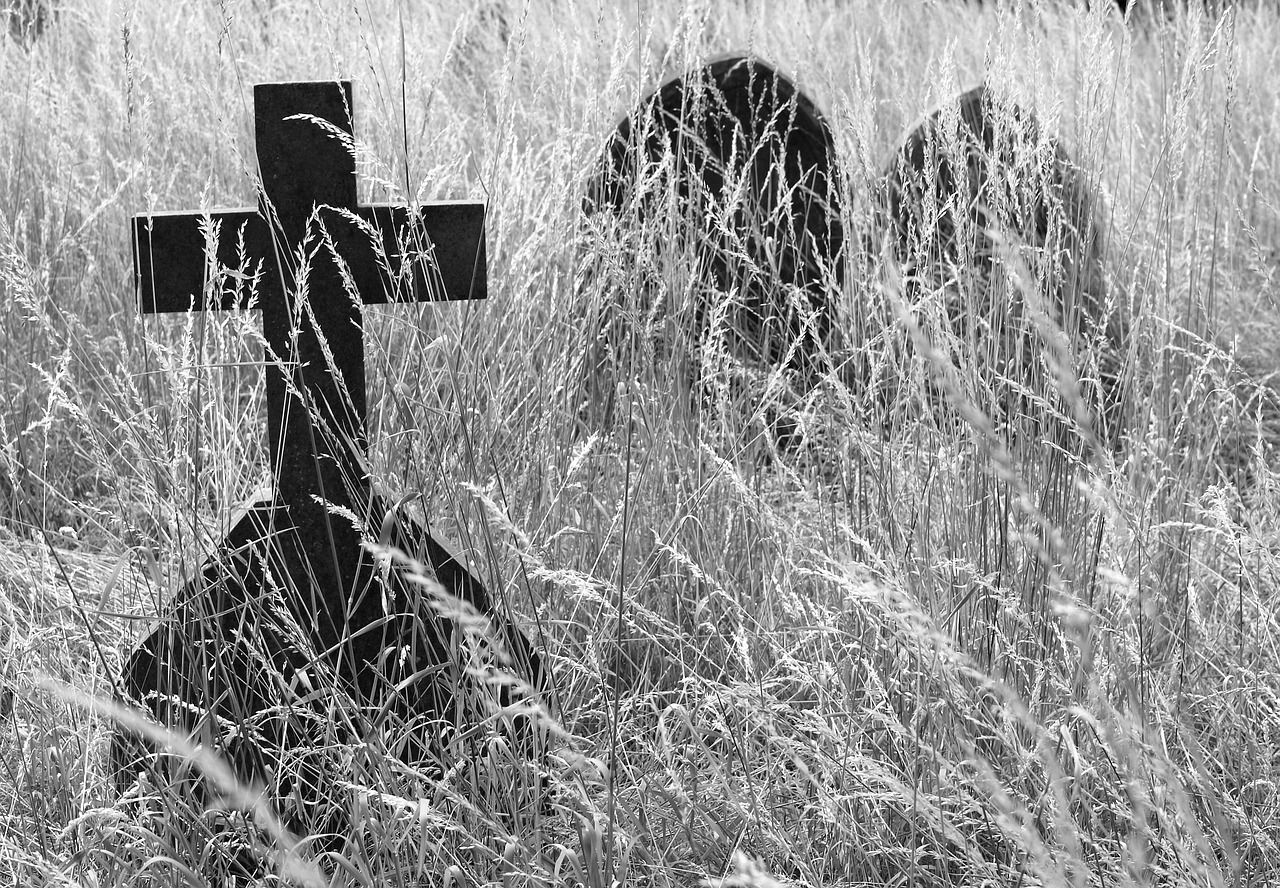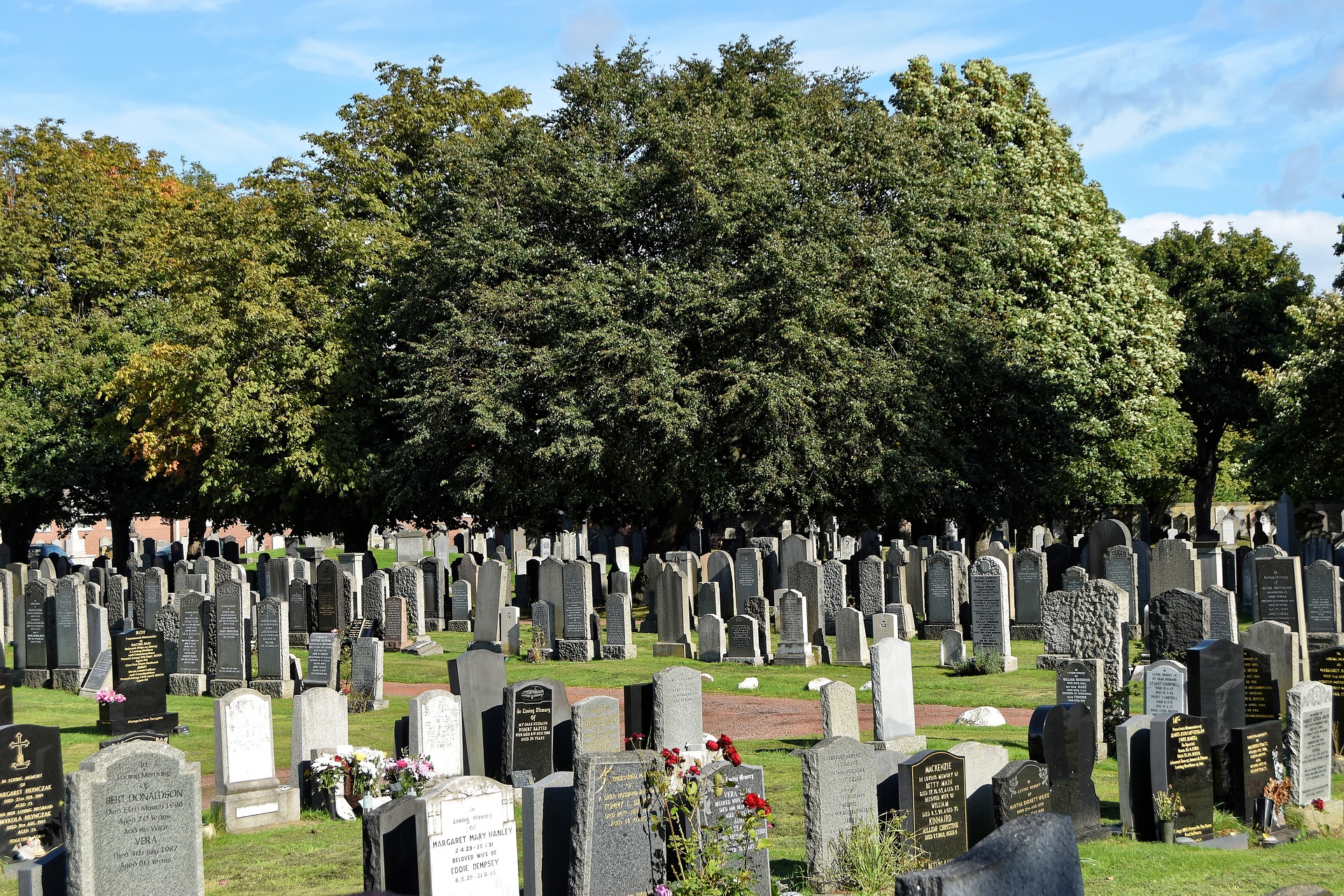
When you lose a loved one, it’s important to make sure that the following arrangements are dignified and as memorable as possible. It can be even more difficult to choose the ‘right’ headstone because it acts as a lasting memory of the one you’ve lost, and can often be visited by relatives and friends. There are many different styles of headstones, which we will discuss in this blog post.
What Are Headstones?
Headstones have been used for many years to commemorate our loved ones, with tombstones dating back to around 3000 BC for the Roman and Celtic society. Stone memorials were originally large monuments which were built to remember a whole burial site, rather than an individual headstone that we see more commonly today. As discussed before, choosing the perfect headstone can be a challenging task, but thankfully, there are many different styles of headstones available, with most being able to be personalised. Below, we take a look at the most popular styles used within the UK:
Upright Headstones
This style of headstone is very traditional and timeless, as they’ve been used in the UK for hundreds of years. They are commonly fixed onto a concrete base, with an array of different choices for materials. However, the most common materials used for an upright headstone are granite, marble or limestone due to its durability and guarantee of lasting decades. Upright headstones can be crafted into a plethora of shapes, but they are most traditionally seen as an arc or oval shape.
Flat Headstones
Flat Headstones are usually rectangular, and have a choice of being flush with the ground, or moderately raised on an angle to allow water to run off the headstone. They can withstand locations that have poor weather conditions, due to mainly being made from granite or bronze. Similarly to upright headstones, they are a good choice if you’re wanting to engrave a lot of words or images, due to the space available on both styles.
Full Length Kerb Headstones
Kerb Headstones lie flat on the ground and have a rectangular edge covering the whole grave’s perimeter. They usually feature a headstone as well, which is commonly made of the same stone as the kerb, but it can be different if preferred. The biggest advantage of full length kerb headstones is that they provide more space for personal expression and gifts. For example, friends and family can place numerous flowers, candles and teddys which add a personal finish to the grave.
If you’d like to see more styles of headstones, take a look through our extensive collections.
Cope Memorials
Here at Cope Memorials, we have over 100 years of experience working within the industry, and are experts in the field of stonemasonry. If you’re still struggling to find the perfect headstone for your loved one, please don’t hesitate to get in touch with us where we will happily discuss options with you. Just give us a call on 01773 602 187, or fill out our online enquiry form where we will get back to you shortly.

